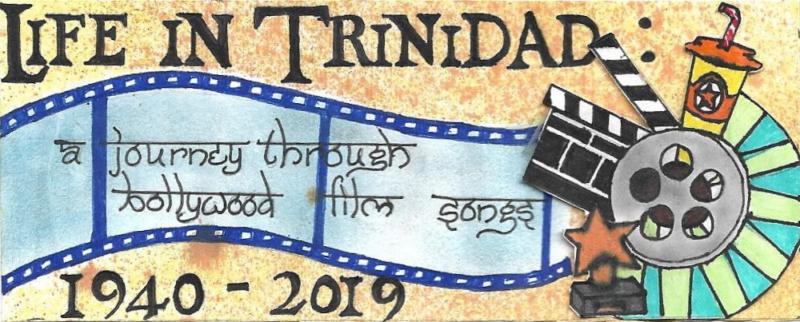First Bollywood Movie Arrives in Trinidad
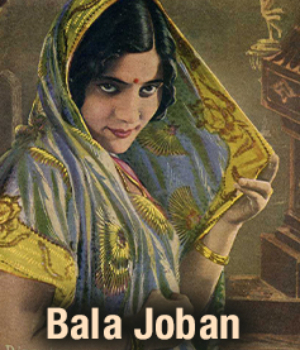
Bala Joban: The First Indian Movie to be Shown in Trinidad (1935)
One of the most important developments within the East Indian community in Trinidad was the introduction of Indian movies in 1935 (Gooptar, 2014). Bala Joban was the first Indian movie with sound to be shown in Trinidad, 90 years after the first Indian indentured labourers arrived in 1845. Two silent movies (Prem Sanyas and Shiraz) and one movie with sound (Karma) had been shown prior to that. Prem Sanyas was shown at the Palace cinema in San Fernando in January, 1930. Karma was shown just twice on November 1, 1933 (Macedo, 2002).
None of the three movies were wholly Indian despite their use of Indian actors. Also, the target audience of these movies were not typical individuals of East Indian descent. The two silent movies were essentially German productions directed by Franz Osten. Karma was an Anglo-British production that was filmed in London and used English dialogues and songs throughout. Bala Joban was therefore the first feature film in an Indian language (i.e., Hindi) to be shown in Trinidad (Macedo, 2002).
Bala Joban was like a “slice of India” that had come to Trinidad and it became a new identity symbol for the East Indian community. In Gooptar’s words, “when Bala Joban came, East Indians gravitated to it like iron filings to a magnet” (Gooptar, 2014, p.97). It represented the first tangible and most significant connection with India for East Indians in Trinidad. Gooptar claims that Bala Joban and the multitude of Indian movies that were shown in Trinidad after 1935 changed the face of Indian culture in Trinidad.
The movie was first shown at the Globe Cinema in Port-of-Spain on December 3 and 4, 1935 and at the Gaiety Theatre in San Fernando on December 7, 8, and 9, 1935. It was shown later that same week at the Globe in San Juan on December 12, 13, and 14. All the shows were sold out. In the weeks and months that followed, the movie was shown in other towns throughout Trinidad. Wherever it was shown, it received tremendous audience support.
The first article below is from the Sunday Guardian on December 1, 1935, just before the movie was released. The second article is from the Sunday Guardian on December 8, 1935; it describes the tremendous success of the movie at the Globe Cinema.
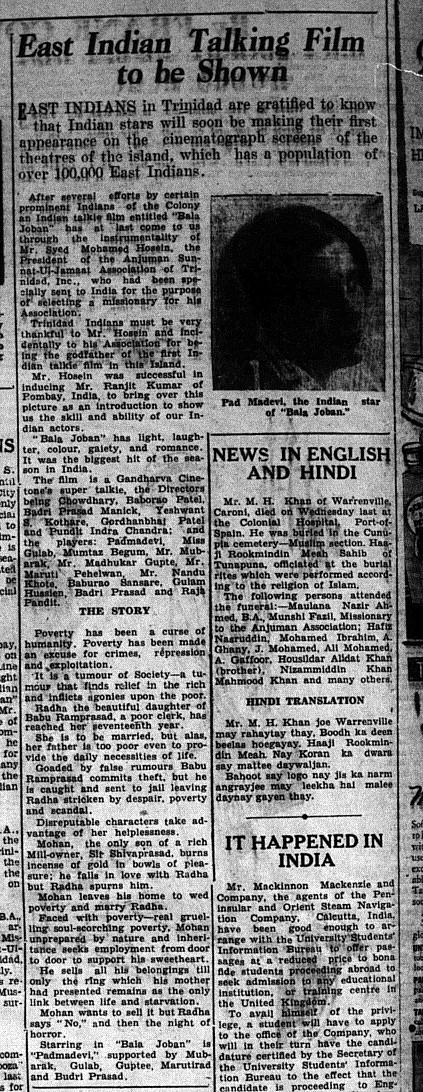
Sunday Guardian on December 1, 1935

Sunday Guardian on December 8, 1935
About the Movie (Bala Joban means “The Prime of Youth”)
The plot is about a scheming old miser who, in order to save himself from financial ruin, plans to marry off his daughter to Mohan, the son of his creditor. Now, Radha, is the beautiful daughter of a poor clerk in the miser’s office. Radha’s father is caught stealing his employer’s money so that he could get the necessary funds to marry off his daughter. He is sent to jail while Radha finds herself practically thrown on the street. Mohan, meanwhile, has fallen in love with Radha, and his father, outraged that his son should seek an alliance with a “street girl”, disinherits him. Mohan and Radha must now contend with both poverty and social ostracism (“Talking about Talkies”, 1935).
Bala Joban was released in India on January 1, 1934. It was directed by Baburao Patel. Padma Devi played the lead female role of Radha. Mubarak played the lead male role of Mohan. Other members of the cast included Shirin Banu, Raja Pundit, Nandu Khote, Madkhukar Gupte, Maruti Pehelwan, Gulab, Badri Prasad, and Gulam Hussein. As were most films prior to 1960, it was in black and white.
The film is presented as a musical comedy with a great deal of singing and dancing. It had 15 songs. The musical director was Badri Prasad. Maruti Pehelwan sang many of the songs. One of the songs by Maruti is featured below. This song is significant since it was among the first songs from an Indian movie to be heard in a cinema in Trinidad.
Maruti Pehelwan: Bichhude Ri Ghaali Peehar Chali
Gooptar (2014) suggests that many people who went to see Bala Joban did not go because of the plot. Rather, they went to see the stars, hear the songs, or simply to “see” something from India in the movie. He claims that it was an ordinary movie in India that became a super hit in Trinidad by virtue of it being the first Indian movie to be shown throughout the island.
How Bala Joban Came to Trinidad
Ranjit Kumar
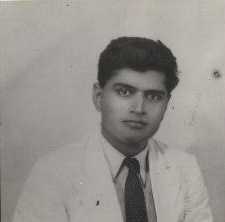
Gooptar (2014) tells the exciting story of how Bala Joban came to Trinidad in 1935. The story begins when a local Islamic organization (The Anjuman Sunnat-ul-Jamaat Association – ASJA, recently established in 1933) sent its first president, Sayed Mohammed Hosein to India in 1934 to procure the services of a Muslim missionary.
While in India, Hosein met Ranjit Kumar. In 1930, Ranjit Kumar graduated with a B.Sc. in Civil Engineering from London University’s Imperial College of Science (at age 18). Unable to find employment in England because of colour prejudice, Kumar returned to India. In 1931, he joined the Police Service and was soon promoted to the rank of Assistant Superintendent of Police. However, he left the Police Service in 1933.
Kumar heard from Hosein that an Indian movie had never been shown in Trinidad. Kumar would later get the idea of taking an Indian movie to Trinidad after seeing an advertisement for the movie, “Murder in Trinidad” which was filmed in Trinidad. Kumar and Hosein shared similar views on the issue of taking an Indian movie to Trinidad. They both saw it as a business venture and decided to form a company to purchase a film to take to Trinidad. Hosein did not have any money to invest in the venture at the time, so it was agreed that Kumar would advance the money for the entire purchase of the film and Hosein would repay Kumar his (Hosein’s) portion of the money when they arrived in Trinidad.
Kumar and Hosein then went to Bombay (now Mumbai) to search for a film that had performed well at the box office. After spending three months in Bombay, they finally struck a deal with Baburao Patel of the Gandharva Cinestone Film Company to purchase Bala Joban for two thousand rupees. The agreement was made in the joint names of Kumar and Hosein; it gave them sole distribution rights for all movies made by the Gandharva Cinestone Film Company in Trinidad and the West Indies.
What happens next is a gripping story full of conflict and intrigue. On the way to Trinidad by ship, Kumar got left behind in Barcelona, Spain. All his belongings were on board the ship – his passport, luggage, money, and the Bala Joban film (consisting of 13 celluloid reels, each one weighing about two kilograms). After a few weeks, Kumar finally arrived in Trinidad. He was unaware of the surprise that awaited him there.
Gooptar’s Book on Bala Joban

The complete story of how Bala Joban came to be shown in Trinidad is told by Dr. Primnath Gooptar in his book, Bala Joban: The First Indian Movie in Trinidad (1935) (Gooptar, 2014). Dr. Gooptar spent years unravelling the details of the story and the controversy surrounding the showing of the movie in Trinidad and later, in Guyana. Using newspaper clippings, film documents, and interviews with persons who saw the movie, the book gives a wealth of hard-to-find information about the movie—its plot, its cast, the advertisements in the Trinidad Guardian newspapers to promote the movie, and the reception of the movie after it was released.
Around these key elements of the story, Gooptar narrates the roles of the leading players, Ranjit Kumar and Syed Mohamed Hosein, as the movie made its way from India to Trinidad. On its arrival in Trinidad, other characters took on prominent roles, at times pushing Ranjit Kumar to the brink of despondency and despair. According to Professor Brinsley Samaroo in the Foreword, the intrigue and drama surrounding the arrival and showing of Bala Joban in Trinidad and Guyana could itself be the subject of a thrilling movie. To find out what happens after Ranjit Kumar was left behind in Barcelona and all the drama that unfolded afterwards, you will have to read the book!
In Chapter 8 of the book, Gooptar discusses the impact of Bala Joban on the East Indian community in Trinidad. The impact of the movie on Trinidadians is perhaps best described by Narsaloo Ramaya, a great violinist from Trinidad and Tobago who lived from 1919 to 2013. According to Sharma (2021), Ramaya had a moving experience after viewing Bala Joban at the Globe Cinema in Port-of-Spain in 1935 when he was just 15 years old. This is where his interest towards Indian music began, inspiring him to purchase his first violin. Despite not having any formal training, he blossomed into one of the top violinists in the land. He later became a co-founder and key member of the Naya Zamana Orchestra which was known for playing songs from Indian movies.
In his own words, as reported by Gooptar (2014), here is how Ramaya describes the Bala Joban experience:
“When Ranjit Kumar brought Bala Joban to Trinidad, it was not just a film for us but a slice of India that became a bridge, a link with India. We were disconnected from India and knew very little about the country, about our ancestors, or whatever similarities existed between India and Indians in Trinidad. We had almost lost that link.
When I saw Bala Joban, the stars in the movie were as beautiful as those we were accustomed [to] seeing in Hollywood movies.
I was on the verge of becoming “Englishised” (becoming English in my ways), but Bala Joban changed that. Bala Joban came at a time when we were losing a great deal of our culture. It helped us to revive our Indian culture in Trinidad. Had it not been for Bala Joban I think we would have lost a great deal of our traditional Indian culture here in Trinidad.”
Narsaloo Ramaya, Violinist,(Gooptar, 2014, p.94)
Did you know?
Baburao Patel, the director of Bala Joban, went on to found FilmIndia in 1935, India’s first film trade magazine. The first edition of FilmIndia was published on his 31st birthday, April 4, 1935. It quickly became the most influential magazine on Hindi cinema and held on to that position for nearly two decades. It was widely accepted that reviews published in FilmIndia could make or break a movie.
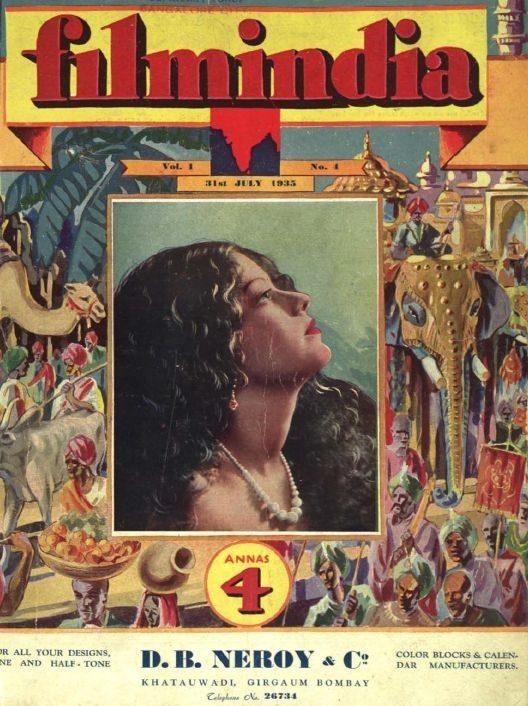
FilmIndia Magazine: Cover Page of Issue 4, July 1935
References
Gooptar, P. (2014). Bala Joban: The First Indian Movie in Trinidad (1935). La Romaine, Trinidad and Tobago: Caribbean Educational Publishers Limited.
Macedo, L. (2002). The Impact of Indian Film in Trinidad. The Society for Caribbean Studies Annual Conference papers, Volume 3 (2002). Available online: http://community-languages.org.uk/SCS-Papers/olv3p10.PDF, accessed December 29, 2022.
Sharma, N. (2021). Narsaloo Ramaya. HindiSongsTT. https://hindisongstt.com/artist_detail.php?id=55
Talking about Talkies. (1935, December 3). Trinidad Guardian.
